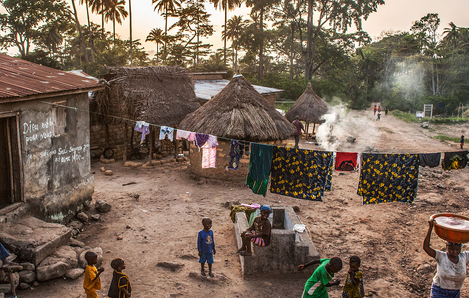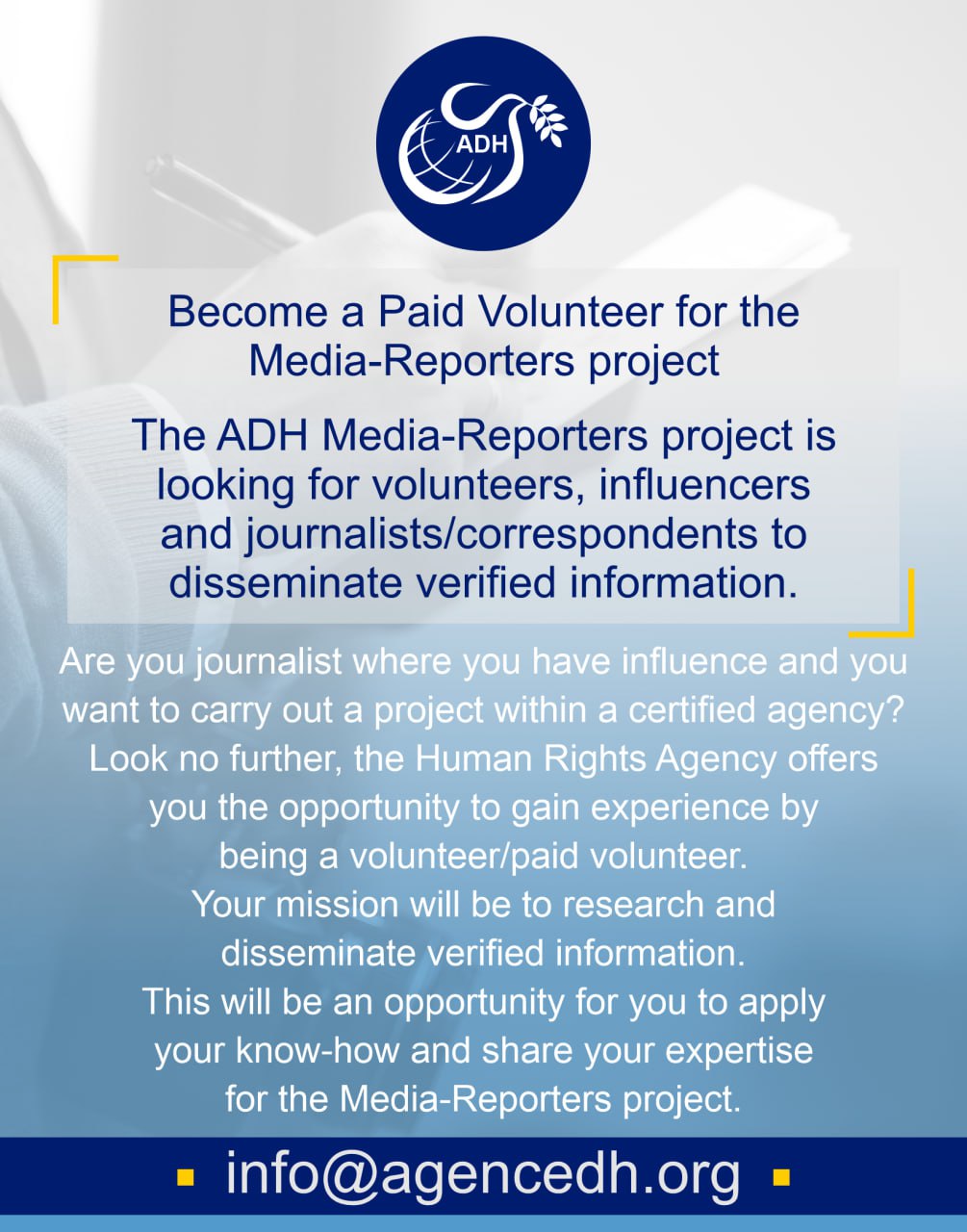The poverty indices in Africa

Africa is enriched with valuable human and material resources, which underlie the economic growth and development. Nevertheless, among such numerous resources, this continent has to deal with the greatest challenges of poverty (Nosiru & Sodique, 2019). Poverty in Africa is primarily structural and has simultaneous features of being both chronic and transitory (Christiaensen & Hill, 2019), which means experiencing gains in some years and losses in others (Hill, 2019).Given the international poverty line of 1.90 $/person/day, Africa has the largest number of poor people worldwide (Nwani & Qsuji, 2020). According to the World Bank (2020), around 40% of the population in the Sub-Saharan Africa lived on less than US$1.90 per day in 2018, and this figure was 70% living on less than $3.20 per day. These conditions affect large numbers of Africans who are still unable to meet their fundamental needs. A review of 34 countries in 2016/2018 reflected lack of access to medical services for at least once per 12 months, in addition to experiencing shortage of clean water, food, and cooking fuel (Mattes, 2020).
Regarding access to sanitation, this continent is quite behind other regions and a significant proportion of the population needs access to high-quality and better sanitation conditions. It should be noted that although sanitation is rarely available, which means increased rates of morbidity and declined population growth, many regions are experiencing dramatic population growth, leading to the highest indices of population growth. However, population growth, water and sanitation are not the only issues. Several other macroeconomic factors are also contribute including inflation, unemployment, energy consumption, as well as economic development indicators (Nwani & Osuji, 2020). Access to cash is another related problem, with a significant number of people going without cash at least once over the year. Maybe cash is not a primary or fundamental need, but its presence enables meeting the basic as well as non-basic needs. As Mattes (2020) referred to previous reports, there was a decline in the rates of lived poverty until 2015, along many African countries, and this decline was evident in the studies conducted in 2011/2013 and 2014/2015. However, more recent studies related to the period of 2016.2018 indicated a stop in the decreasing trend of poverty or even its reversal in different areas including cash income, medical care, and food and water. Thus, this is an unfortunate fact that despite witnessing real reductions in lived poverty across Africa in the 10-year period of 2005 to 2015, Africa is recently experiencing a stop in the downward trend of poverty, and it has again started to rise.
These conditions can be worsened by the 2020 downturn, leading to more additional Africans falling into extreme poverty. As reported by Montes et al. (2020), an additional 26 million people in Sub-Saharan Africa may experience extreme poverty which means setting back poverty reduction in the continent by around five years as COVID-19 worldwide outspread has dramatically decreased the economic activities across the world. Before COVID-19 outbreak, the growth of GDP per capita was forecasted to be 1.7%, but under the effect of the virus outspread and other related shock, the growth rate is supposed to be over 5-7% points lower. According to the World Bank (2020), this will lead to extreme poverty for a significant number of people who are already close to the poverty in the continent, making the Sub-Saharan Africa the second most seriously influenced region after South Asia. As reported by FAO (2020), COVID-19 pandemic is also threatening the food security and nutrition of these people, many of whom have been already suffering.
In summary, different measures seem necessary to overcome the problem of poverty in recent conditions of the African continent. As stated by Nwani & Osuji (2020), population growth, energy consumption per capita, economic development, and better conditions are suitable for poverty reduction, but population growth with no access to water or financial resources cannot help poverty reduction, but will be rather restricting. Reduction of poverty in Africa needs integration of African states and the international community to be able to deal with the problems ahead in any situation and crisis, even in the current situation where the Corona crisis has exacerbated the problems.
References
Cheeseman, N. (2019). No, Africa doesn’t need more strongmen. Mail & Guardian. 22 February
Hill, R. (2019). Managing risks and conflict. In eds. K. Beegle & L. Christiaensen. Accelerating poverty reduction in Africa. Washington, DC: The World Bank. 197-242. https://openknowledge.worldbank.org/handle/10986/32354
Mattes, R. (2020). Lived poverty on the rise Decade of living-standard gains ends in Africa. Afrobarometer Policy Paper No. 62
Montes, et al. (2020). How much will poverty rise in Sub-Saharan Africa in 2020? World Bank Group: Poverty and Equity Notes, No. 20.
Nosiru O.M & Sodique F.R (2019). ICT, Development and Poverty Nexus in Africa: Way Forward. Ethiopian e-Journal for Research and Innovation Foresight (Ee-JRIF), 11 (1): 13-26.
Nwani, Stanley Emife; Osuji, Emeka (2020): Poverty in Sub-Saharan Africa: The dynamics of population, energy consumption and misery index, International Journal of Management, Economics and Social Sciences (IJMESS), ISSN 2304-1366, IJMESS International Publishers, Jersey City, NJ, Vol. 9, Iss. 4, pp. 247-270, http://dx.doi.org/10.32327/IJMESS/9.4.2020.13
World Bank blogs. https://blogs.worldbank.org/africacan/the-multidimensional-poverty-index-debate-rounds-2-3-4







